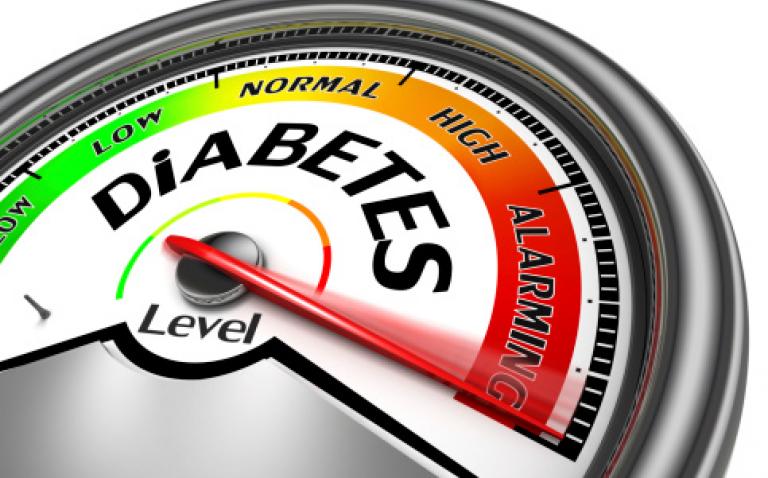Synjardy® has been granted marketing authorisation by the European Commission for the treatment of adults with type II diabetes (T2D) in the European Union (EU).
Synjardy® is a new single-pill combination therapy from the Boehringer Ingelheim and Eli Lilly and Company diabetes alliance.
Synjardy® combines two products with different mechanisms of action to improve glycaemic control in patients with T2D. Side effects identified with Synjardy® are consistent with known safety profiles of the individual compounds.
Synjardy® combines empagliflozin, a sodium glucose cotransporter 2 (SGLT2) inhibitor, and metformin hydrochloride (HCl), commonly prescribed for the treatment of T2D. Empagliflozin was approved in the EU in May 2014 and is available in many countries as an oral, once-daily tablet, marketed as Jardiance®.
Synjardy® is indicated for use alongside diet and exercise to improve blood glucose control in adults with T2D when they are:
- Inadequately controlled on their maximally tolerated dose of metformin alone.
- Inadequately controlled with metformin in combination with other glucose-lowering medicinal products, including insulin.
- Already being treated with the combination of empagliflozin and metformin as separate tablets.
“A single medicine is often not sufficient for patients to maintain blood glucose control in the long term, resulting in the need for combinations of blood glucose-lowering drugs,” said Professor Klaus Dugi, Chief Medical Officer, Boehringer Ingelheim. “We are delighted to offer this single-pill combination of two agents with different mechanisms. Synjardy® may help adults with T2D achieve their blood glucose targets with the added benefit of a convenient treatment regimen.”
The marketing authorisation follows the positive opinion from the Committee for Medicinal Products for Human Use of the European Medicines Agency in March 2015.
About the Phase III clinical trials
The marketing authorisation is based on the submission of robust clinical data from seven Phase III clinical trials evaluating the safety and efficacy of empagliflozin as add-on to metformin either alone or in combination with other blood glucose-lowering drugs (pioglitazone, sulphonylurea, DPP-4 inhibitors and insulin). More than 7000 patients with T2D participated, of which over 4700 were treated with empagliflozin as add-on to metformin.
The results showed that treatment with empagliflozin (10mg and 25mg) when added to metformin, with or without other blood glucose-lowering drugs, led to clinically relevant reductions in blood glucose, body weight and blood pressure compared to placebo as add-on to metformin.
The most common side effect reported by patients in the clinical trials was hypoglycaemia (low blood glucose) when empagliflozin and metformin were used in combination with insulin and/or sulphonylurea. In general, the adverse event profile of empagliflozin as add on to metformin was consistent with the known safety profile of the individual compounds empagliflozin and metformin.
The common side effects experienced with empagliflozin are urinary tract and genital infections, increased urination and itching. The common side effects experienced with metformin are gastrointestinal symptoms such as nausea, vomiting, diarrhoea, abdominal pain and loss of appetite as well as taste disturbance.
About empagliflozin/metformin hydrochloride (HCl)
Empagliflozin/metformin HCl should not be used in patients with type I diabetes or for the treatment of diabetic ketoacidosis. For further information on contraindications, warnings and precautions for use please refer to the summary of product characteristics.
Empagliflozin/metformin HCl will be made available in the following twice-daily doses in the EU:
- 5mg empagliflozin plus 850mg or 1000mg metformin HCl.
- 12.5mg empagliflozin plus 850mg or 1000mg metformin HCl.










